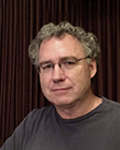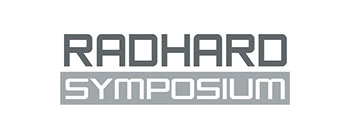Abstract

Pulsed Laser Single-Event Effects, Part 2: Applications
Dale McMorrow1 and Stephen P. Buchner1,2
1 Naval Research Laboratory, Code 6816, Washington DC
2 Jacobs, Inc., Landover, MD
Abstract
Traditional single-event effects (SEE) testing involves exposing a device or circuit to a beam of energetic particles, usually generated by an accelerator. Particles that pass through the device produce dense tracks of electron-hole pairs that can disrupt the normal operation of the device. Such testing plays an essential role in radiation effects qualification and hardness assurance procedures. Challenges and limitations of accelerator testing, however, include the lack of spatial selectivity (in broad-beam measurements) and the limited number of facilities available, such that beam time is often difficult to obtain.
Carrier generation induced by pulsed-laser excitation has become an essential tool for the investigation of single-event effects (SEEs) in microelectronic and nano-electronic structures. The ability to focus optical pulses to micrometer, or sub-micrometer spot sizes provides spatial selectivity that’s not available with broad-beam ion sources. The qualitative capabilities of this approach include, among others, sensitive node identification, radiation hardened circuit verification, basic mechanisms investigations, model validation and calibration, screening devices for space missions, and fault injection to understand error propagation in complex circuits. Recent effort has built upon the success enabled by these qualitative benefits, and has focused on putting the laser SEE approaches on a more quantitative basis.
This presentation will present a range of case studies (examples) that illustrate the general utility and applicability of the pulsed laser SEE (PL SEE) approach, illustrating the various capabilities noted in the first talk. Examples utilizing both single-photon absorption (SPA) and two-photon absorption (TPA) excitation processes will be presented. This presentation will describe the current state-of-the-art in pulsed laser SEE (PL SEE), the efforts to put the PL SEE approach on a firm quantitative basis, and the recent efforts towards part screening and qualification.
![[Translate to English:] [Translate to English:]](/fileadmin/uploads/intranet/events/radhard/2023/header-radhard2023.jpg)
